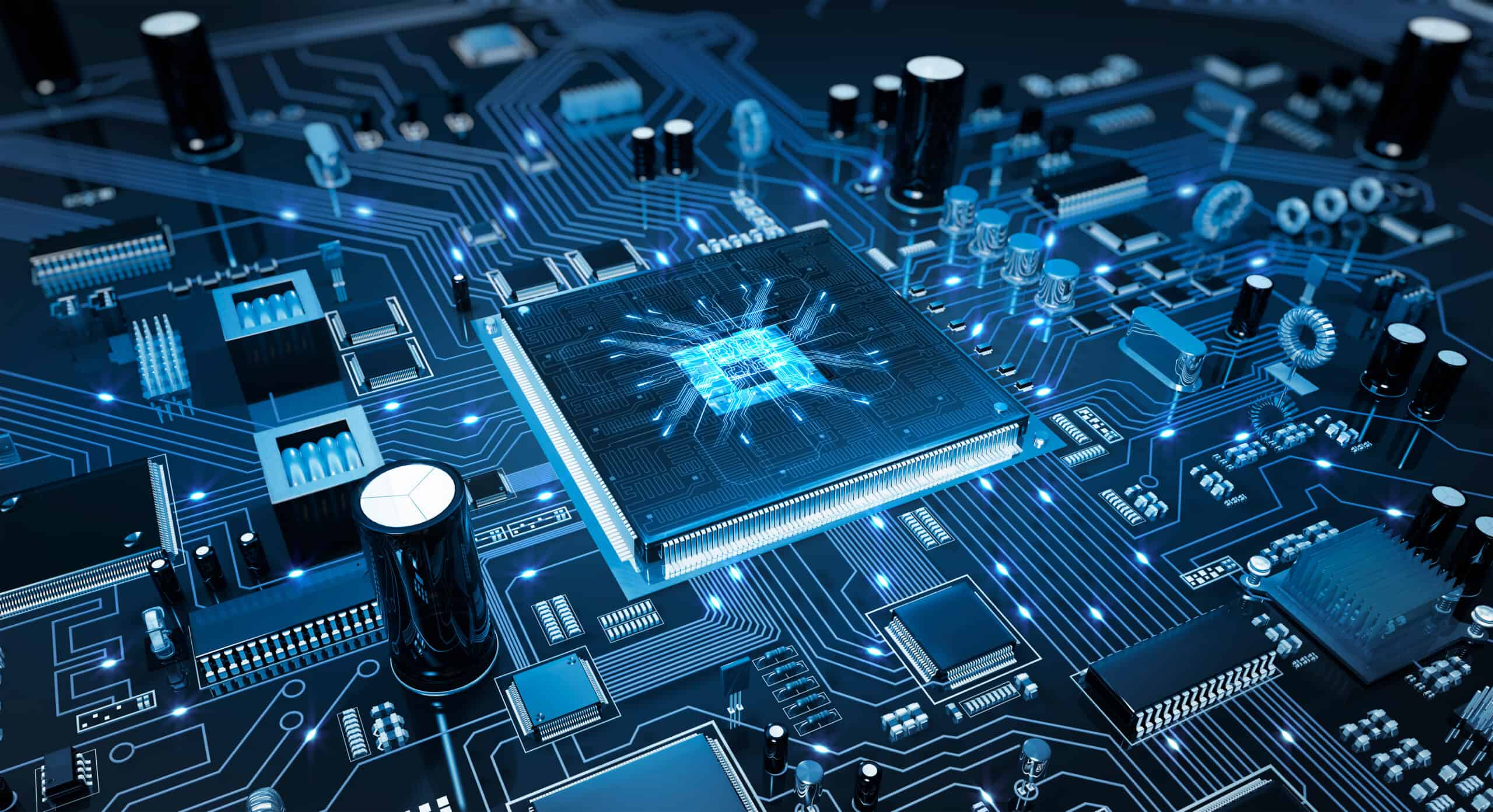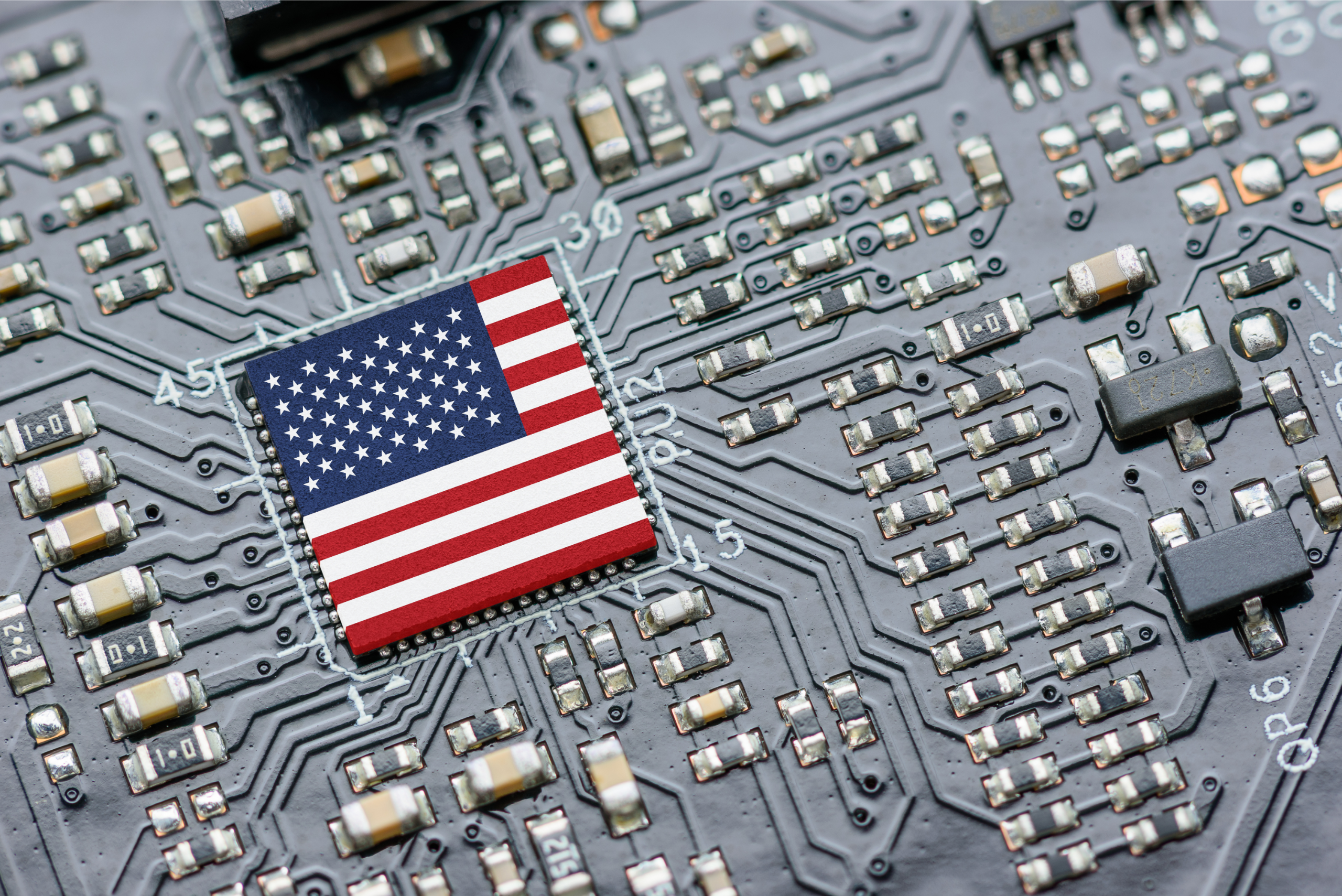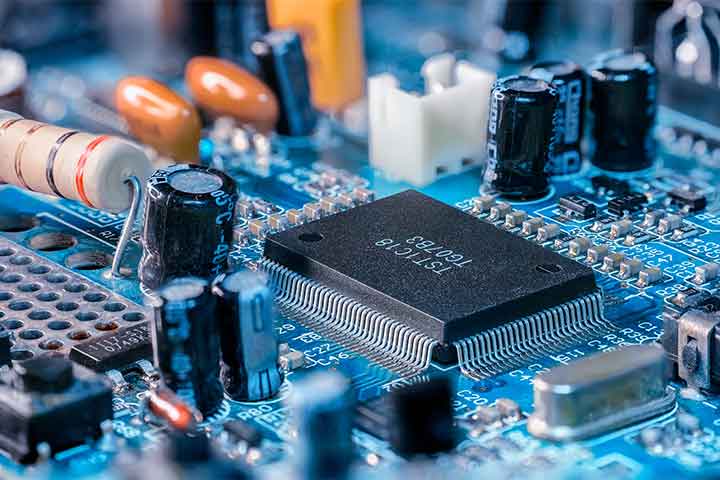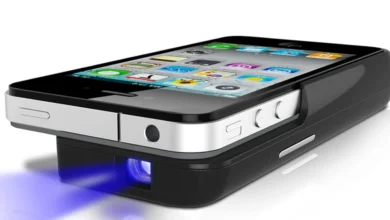Understanding The Basics: What Is a Chip?
Table of Contents
Welcome to our article on understanding the basics of what a chip is and how it works. Chips are crucial components in modern technology, powering various electronic devices that we rely on in our daily lives. In this article, we will explore the definition of a chip, its components, functionality, importance in the tech industry, different types of chips, manufacturing process, and future trends.
How Does a Chip Function and What Is It?

Let’s begin by understanding the definition of what is a chip. In the context of technology, a chip refers to a small electronic device made of a semiconductor material, usually silicon, that contains electronic circuits. These circuits perform various functions within electronic devices, such as processing information, storing data, and sensing the environment.
Components of a chip

A chip consists of several components, including transistors, resistors, capacitors, and interconnects.Resistors limit the flow of current, while capacitors store electrical charge. Interconnects provide pathways for electrical signals to travel within what is a chip, connecting different components together.
How does a chip function?

The functioning of a chip depends on its specific design and purpose. For example, microprocessors, which are a type of chip, process instructions and perform calculations to execute tasks in computers and smartphones. Memory chips, on the other hand, store data that can be accessed and retrieved when needed. What is a chip, as the name suggests, senses and measures physical phenomena, such as light, temperature, pressure, or motion.
Why are chips important in the tech industry?

Chips play a crucial role in the tech industry due to their wide-ranging applications and numerous advantages. They are the building blocks of electronic devices, powering everything from smartphones and laptops to medical devices and automotive systems.
Role of chips in electronic devices

Electronic devices rely on what is a chip to perform various functions. For instance, microprocessors enable computers to execute tasks, memory chips store data, and sensor chips enable devices to sense and interact with the environment. Without chips, modern technology as we know it would not be possible.
Advantages of using chips in technology
The use of chips in technology provides several advantages. Firstly, chips enable faster processing speeds, allowing devices to perform complex tasks quickly. Secondly, chips consume less power compared to traditional electronic components, making devices more energy-efficient and improving battery life. Lastly, what is a chip can be miniaturized, allowing for the development of smaller and lighter devices.
Impact of chip advancements on society
The advancements in chip technology have had a profound impact on society. They have revolutionized various industries, such as communication, healthcare, transportation, and entertainment. For example, the development of powerful microprocessors has led to the creation of smartphones that can perform multiple functions, including browsing the internet, streaming videos, and running applications. Additionally, medical devices powered by what is a chip have improved diagnostics, treatments, and patient monitoring.
Types of chips and their uses
Chips come in different types, each designed for specific purposes and applications. Let’s explore some of the common types of chips and their uses.
Microprocessors
Microprocessors are perhaps the most well-known type of what is a chip. They are responsible for executing instructions and performing calculations in computers, smartphones, and other electronic devices. Microprocessors are essential for running operating systems, applications, and carrying out various computational tasks.
Memory chips
They come in different forms, such as random-access memory (RAM) and read-only memory (ROM). RAM allows for temporary data storage, enabling quick access and retrieval, while ROM retains data even when the power is switched off.
Sensor chips
Sensor chips are designed to sense and measure physical phenomena. They are used in devices like cameras, temperature sensors, motion detectors, and environmental monitoring systems. Sensor chips enable devices to interact with their surroundings and provide input for various applications.
How are chips manufactured?
The manufacturing of chips involves a complex process that requires precision and advanced techniques. Let’s delve into the fabrication process, materials used, and the testing and quality control of chips.
The fabrication process
Chip fabrication involves multiple steps, including wafer preparation, photolithography, etching, doping, and metallization. These processes are performed in cleanroom environments with highly specialized equipment to ensure the quality and reliability of the chips.
Materials used in chip manufacturing
The primary material used in chip manufacturing is silicon, which is highly abundant and has excellent semiconductor properties. Other materials, such as doping agents and insulators, are also used to modify the conductivity and insulating properties of the silicon to create different regions and components within the chip.
Testing and quality control of chips
After the manufacturing process, chips undergo extensive testing to ensure their functionality and reliability. Testing involves electrical and functional tests to verify the performance of the chips. Chips that pass the tests are packaged and then made available for use in various electronic devices.
Chip development and future trends
Chip technology continues to evolve rapidly, leading to exciting developments and future possibilities. Let’s explore some of the current trends in chip technology, advancements in chip miniaturization, and predictions for the future of chip technology.
Current trends in chip technology
One ongoing trend in chip technology is the development of more powerful and efficient microprocessors. This enables faster computing speeds and improved performance in devices. Another trend is the integration of multiple functionalities onto a single chip, reducing the need for separate components and optimizing space.
Advancements in chip miniaturization
As technology advances, chips are becoming smaller and more compact. This miniaturization opens up possibilities for wearable devices, smart implants, and Internet of Things (IoT) applications. Smaller chips also contribute to the development of thinner and lighter electronic devices.
Predictions for the future of chip technology
The future of chip technology looks promising. Experts predict the continued improvement of AI capabilities in chips, enabling smarter and more efficient devices. Additionally, the development of quantum chips holds the potential for revolutionary computing power, with applications in fields like cryptography, optimization, and simulations.
Conclusion:
A chip is a small electronic device made of semiconductor material, usually silicon, that contains electronic circuits that perform various functions within electronic devices, such as processing information, storing data, and sensing the environment. It plays a crucial role in the tech industry due to its wide-ranging applications and numerous advantages. Chips come in different types, such as microprocessors, memory chips, and sensor chips, each designed for specific purposes and applications.
Current trends in chip technology include the development of more powerful and efficient microprocessors, the integration of multiple functionalities onto a single chip, and advancements in chip miniaturization. The future of chip technology looks promising, with AI capabilities and quantum chips promising revolutionary computing power.
For More Information Please Visit These Websites Craiyon And arturia.





